Your cart is currently empty!
The Hiking Boot Myth We All Believe

By Tracey Wright | Adventure & Wellbeing Educator, MAPPsych, MAHumNut
Ask a new hiker why they wear boots and chances are they’ll say, “I need them for ankle support.” It’s a long-standing belief that boots are the safest, smartest way to hike, especially for beginners. But as someone who’s led thousands of people through wild terrain and up mountains, I can tell you something surprising: boots aren’t always better. In fact, sometimes, they’re part of the problem. What you put on your feet isn’t nearly as important as just getting those feet moving, out in nature, and away from the busyness of life.
Your ankles need strength, not support
The assumption that boots protect us by locking in the ankle sounds smart. But research tells us otherwise. Our body’s best defence against injury isn’t an external brace, it’s our own muscles, balance, and proprioception (that inner sense of where our limbs are in space). In fact, over-relying on stiff footwear can dull this natural feedback system, leaving us weaker and more vulnerable over time.
“True ankle stability comes from within. Training your body, not just relying on your boots, is key to injury prevention.”
— McKeon & Hertel, Journal of Athletic Training, 2008
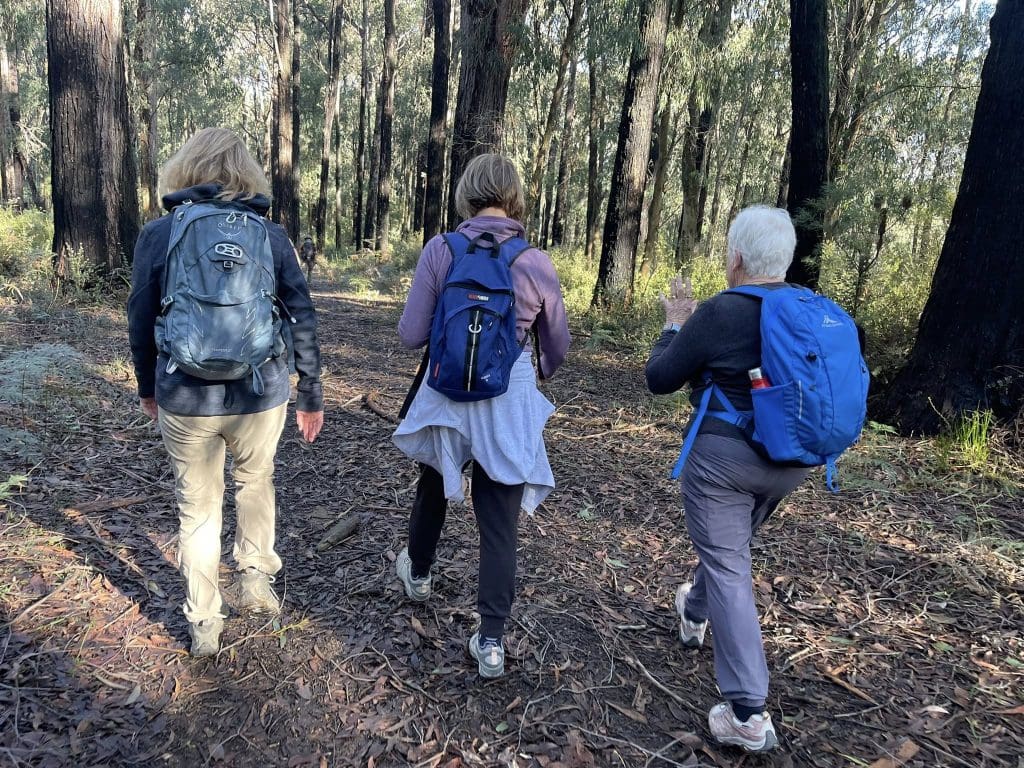
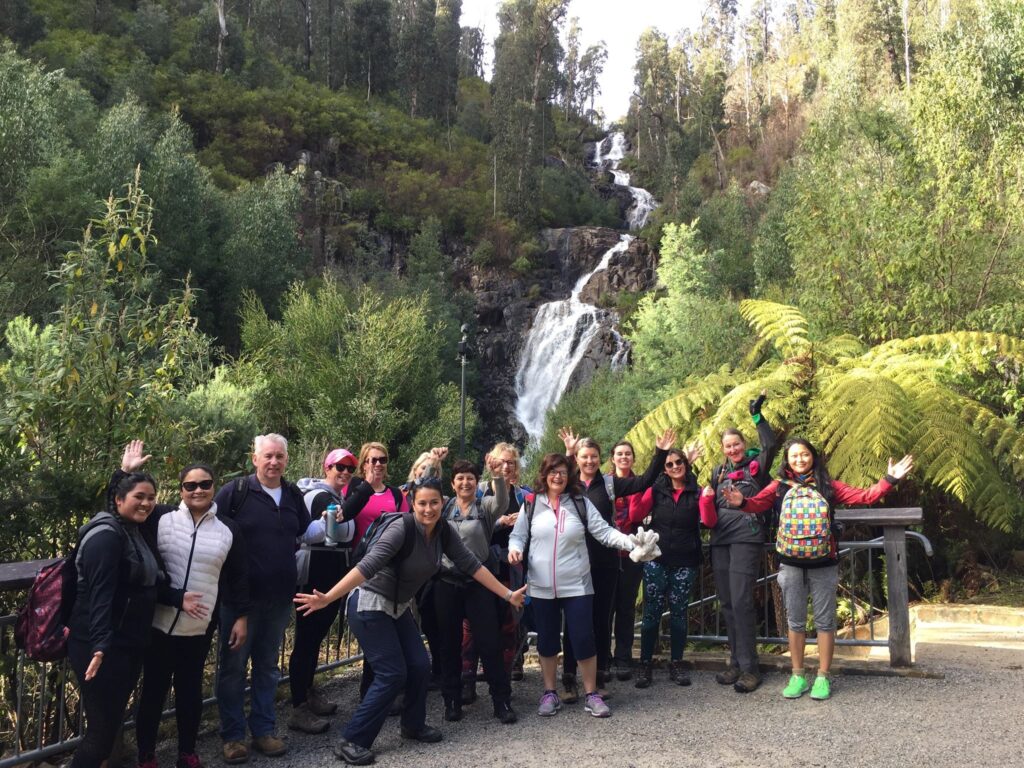
What is the cost of boot “support”?
Ironically, what feels like ankle stability can actually push strain further up the body. A recent biomechanics study showed that stiff, high-ankle boots restrict natural motion and shift extra load to the knees and hips. As many of us know, these are places already prone to overuse and injury, especially in women and older adults.
“Protecting the ankle doesn’t mean ignoring the rest of the body.”
— Kersting et al., Journal of Biomechanics, 2021
Waterproof boots? Maybe not so dry after all…
This June, I guided a group across the stunning South West Coast Path in the UK. It rained (of course it did in the UK) and many were in fully waterproof boots. But by the end of the day, they were soaked. Why? Because the rain dripped down their legs, into the boots, and stayed there. The water had nowhere to go. Meanwhile, those in lightweight trail shoes were just as soggy, but the moisture drained quickly, their skin fared better, and they kept moving without as much discomfort or blistering.
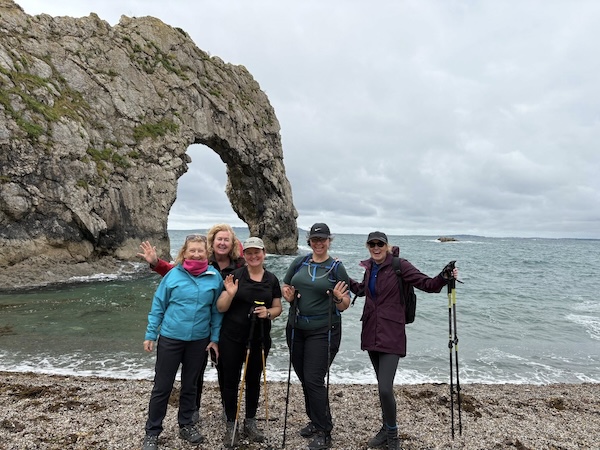
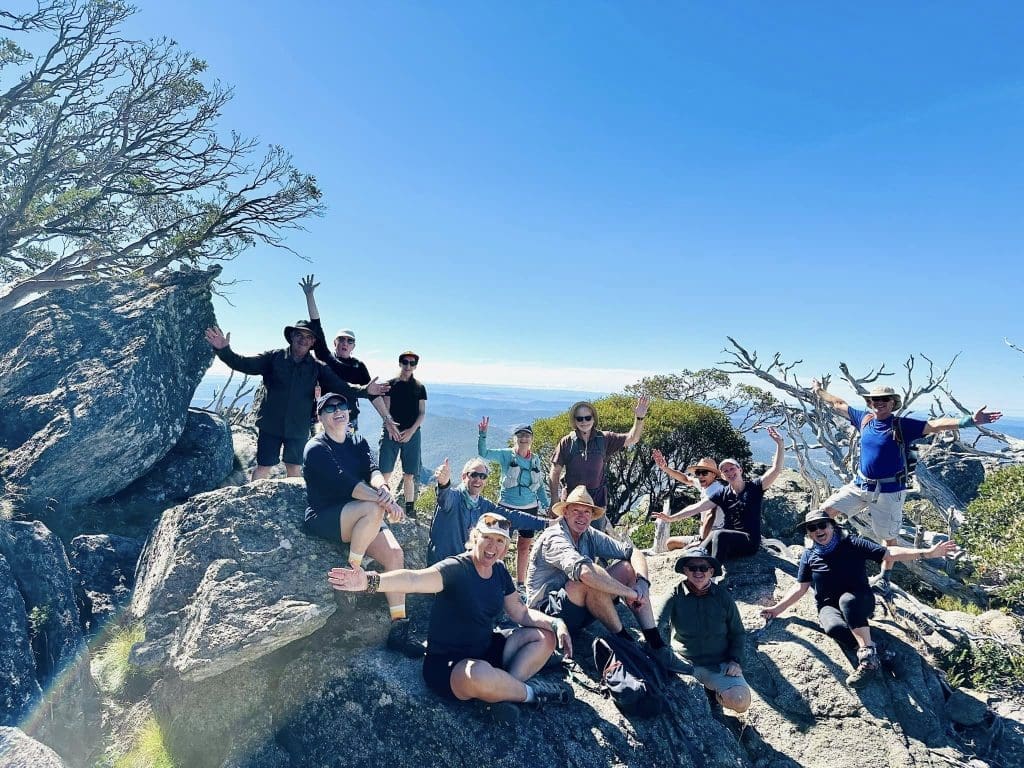
The impact on weight, energy, and fatigue
Boots are heavy. A single boot can weigh up to 500 grams, so you could have a kilo of extra weight lifted with every step. Over a full-day hike, this adds up to thousands of unnecessary kilos of effort. Trail shoes, by contrast, are light, nimble, and energy-saving. They let your body move the way it’s meant to, with less fatigue and better endurance. This is especially important for women, older adults, or those returning from injury.
The trap of judgement
The part of this discussion that really breaks my heart is learning that many people hesitate to hike because they’re worried they don’t have the “right gear.” We’ve built a culture where you’re judged for wearing runners instead of boots, or for showing up with a less-than-perfect outdoor kit. That needs to stop. Outdoor access shouldn’t be elitist. It should be inclusive, encouraging, and human.
That being said… safety still matters. Showing up in casual fashion shoes or slick-soled sneakers on muddy, uneven tracks isn’t ideal, and we do need to kindly educate around that. Not to shame, but to keep people safe, prepared, and empowered.
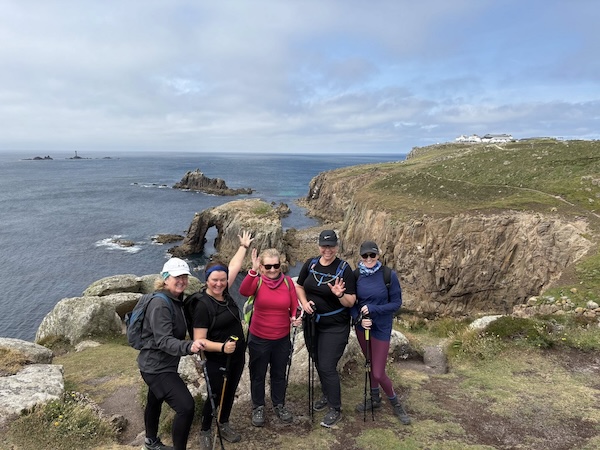
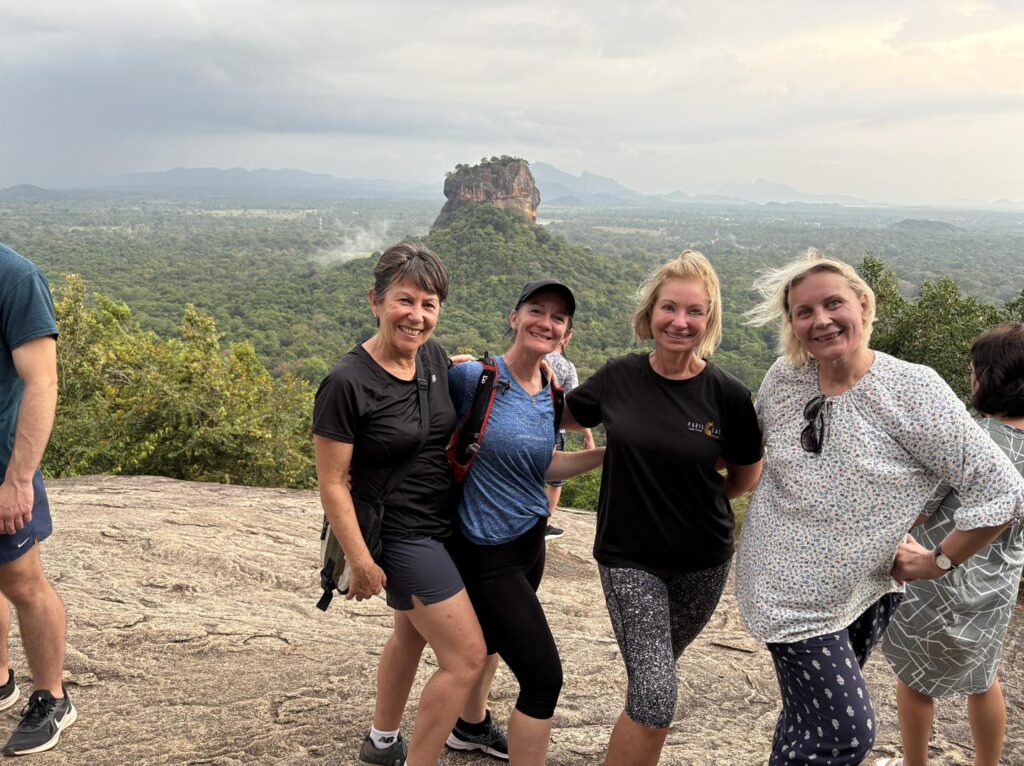
Here’s what you should be asking…
Forget what the internet says. The most important factor in choosing footwear? Fit and comfort. Because even the fittest hiker will be slowed to a crawl by a blister. Trail runners often require no break-in period. Many boots do. Choose the option that makes your body happy, not just your gear checklist.
Even more important than what you wear is simply getting out there. A recent meta-analysis found that just 10 minutes in nature can significantly boost wellbeing by reducing anxiety, calming the nervous system, and improving mood. This is especially true for those dealing with stress, burnout, or mental health challenges. You don’t need to be ‘hiking ready’. You don’t need expensive gear. You don’t need to do 30km overnight. You just need to step outside.

